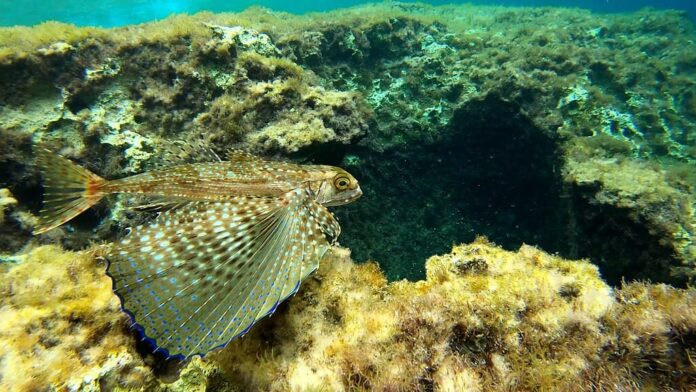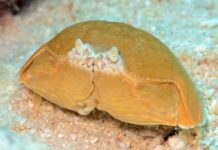Coming with both beauty and skills, the gurnard is one of the most interesting marine fish you know. Goes by the name of flying gurnard fish but prefers walking, this is a rather unique species to come across. Not a lot of people are aware of these beautiful fish, all the reasons why I want to talk about them today. Below are some of the most fascinating facts about gurnards, feel free to check them out.
1Appearance
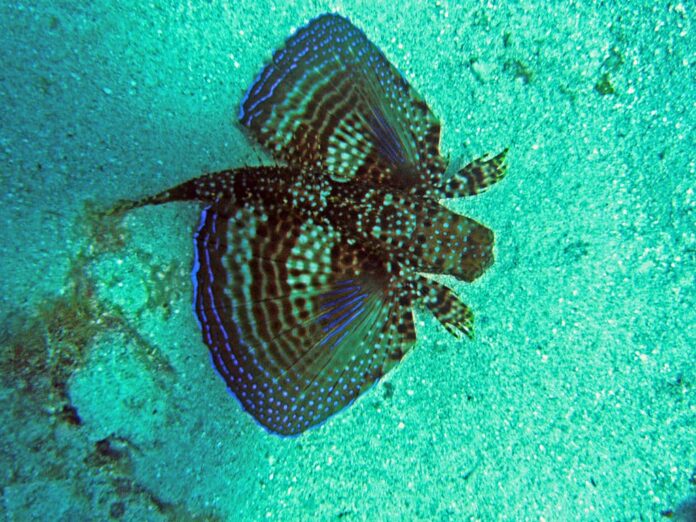
A gurnard is a large fish that can grow up to 50 centimeters in length. The coloration of this fish varies from brownish to greenish with reddish or yellowish patches. Along with that, gurnards have very spiny and armored bodies that start right from the head. A gurnard has a protective sheath that is a bony plate that narrows into two sharp points. In fact, the rest of the body is actually covered by serrate and cutting edges, especially at the tail end. While providing protection, these bony plates also make them heavy so that can only awkwardly swim over very short distances.
If you look at the front, you can see that a gurnard has large eyes which is uncommon in fish. Another pretty part of this fish is the pectorals which are split into 4 sections, with 3 finger-like rays near its head. It uses these finger-like rays to walk along the sea floor, and it also uses those rays to dig. These so-called little legs also play a part in sensing prey such as crustaceans, fish, and small mollusks as well.
2Behavior
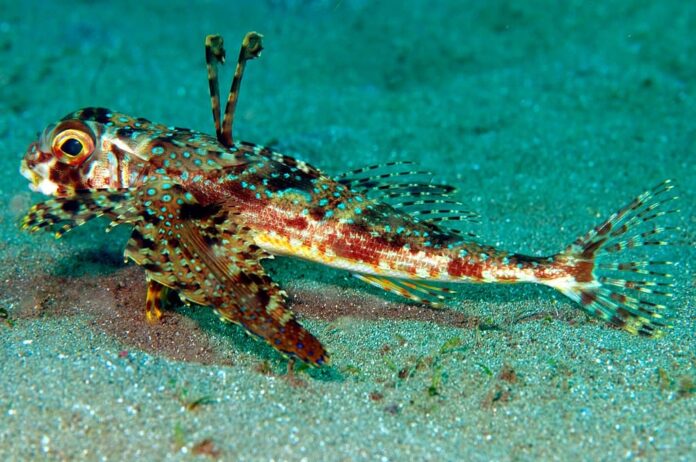
Unlike the Exocoetidae flying fish family, gurnards do not leap out of the water and literally fly for short distances. Gurnards are bottom-dwellers, and the wing spread is to distract the enemies so that they can flee. When excited, a flying gurnard spreads its wings which are semi-transparent with phosphorescent bright blue coloration at the tips. That is not all, it can even make grunt-like sounds with its jaws and through its swim bladder. Gurnards use these sounds to communicate with each other as well as to scare potential predators away.
3Feeding & Habitats
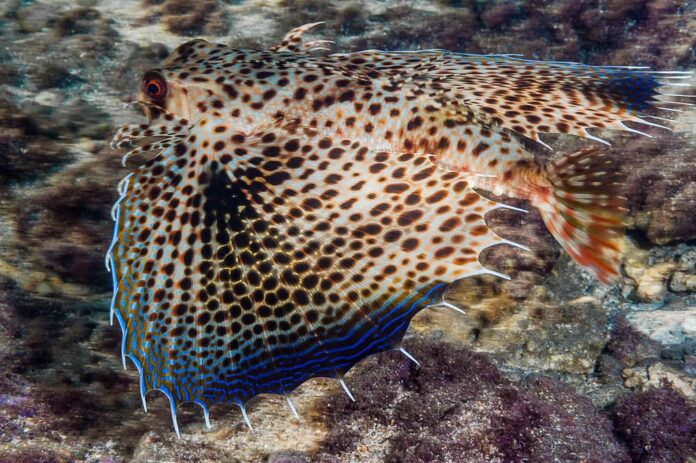
As bottom-dwellers, gurnards feed on bivalves, clams, small crustaceans, small fish, and other small invertebrates by using their pectoral fin spines. They use those spines to dig through sand to get any meals they can get. Sometimes they also feed on algae and weeds on the sandy bottom of the Caribbean Sea as well. This gurnard species is a bottom-dwelling fish of tropical to warm temperate waters on both sides of the Atlantic. They inhabit mud and sand bottoms but they are also common around reefs as well.
Related Post: Eastern Spiny Gurnard Facts

